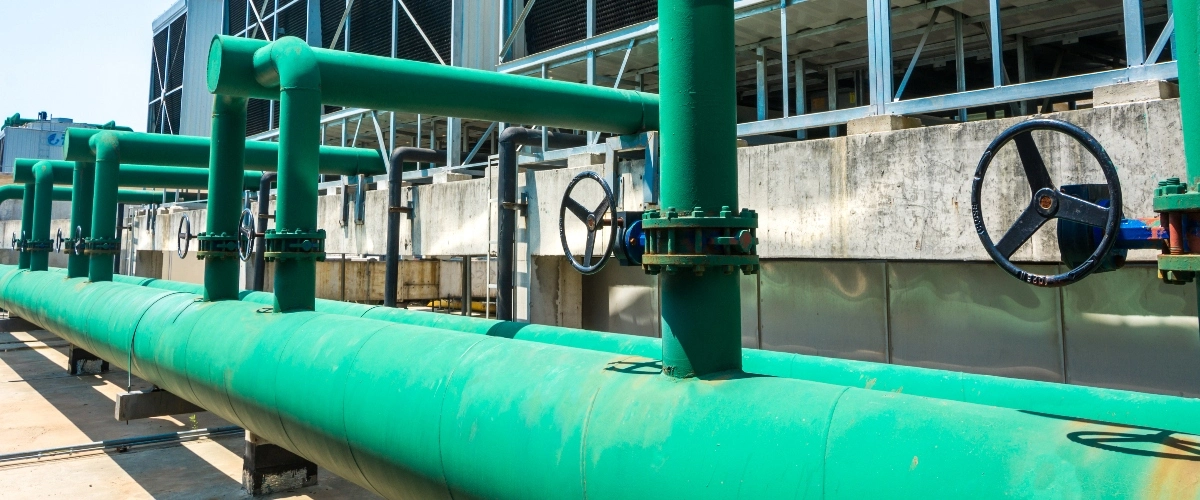[fusion_builder_container type=”flex” hundred_percent=”no” equal_height_columns=”no” menu_anchor=”” hide_on_mobile=”small-visibility,medium-visibility,large-visibility” class=”” id=”” background_color=”” background_image=”” background_position=”center center” background_repeat=”no-repeat” fade=”no” background_parallax=”none” parallax_speed=”0.3″ video_mp4=”” video_webm=”” video_ogv=”” video_url=”” video_aspect_ratio=”16:9″ video_loop=”yes” video_mute=”yes” overlay_color=”” video_preview_image=”” border_color=”” border_style=”solid” padding_top=”” padding_bottom=”” padding_left=”” padding_right=””][fusion_builder_row][fusion_builder_column type=”1_1″ layout=”1_1″ background_position=”left top” background_color=”” border_color=”” border_style=”solid” border_position=”all” spacing=”yes” background_image=”” background_repeat=”no-repeat” padding_top=”” padding_right=”” padding_bottom=”” padding_left=”” margin_top=”0px” margin_bottom=”0px” class=”” id=”” animation_type=”” animation_speed=”0.3″ animation_direction=”left” hide_on_mobile=”small-visibility,medium-visibility,large-visibility” center_content=”no” last=”true” min_height=”” hover_type=”none” link=”” border_sizes_top=”” border_sizes_bottom=”” border_sizes_left=”” border_sizes_right=”” first=”true”][fusion_text columns=”” column_min_width=”” column_spacing=”” rule_style=”” rule_size=”” rule_color=”” hue=”” saturation=”” lightness=”” alpha=”” content_alignment_medium=”” content_alignment_small=”” content_alignment=”” hide_on_mobile=”small-visibility,medium-visibility,large-visibility” sticky_display=”normal,sticky” class=”” id=”” margin_top=”” margin_right=”” margin_bottom=”” margin_left=”” fusion_font_family_text_font=”” fusion_font_variant_text_font=”” font_size=”” line_height=”” letter_spacing=”” text_transform=”” text_color=”” animation_type=”” animation_direction=”left” animation_color=”” animation_speed=”0.3″ animation_delay=”0″ animation_offset=”” logics=””]
In the realm of efficient kitchen management and environmental consciousness, understanding the properties of fat, oil, and grease (FOG) becomes paramount. This article dives deep into the nuances of FOG and how grease interceptors play a pivotal role in their removal.
[/fusion_text][fusion_table_of_contents allowed_heading_tags=”h2,h3,h4″ limit_container=”post_content” select_custom_headings=”” ignore_headings_by_classes=”” ignore_headings_by_words=”” hide_hidden_titles=”yes” highlight_current_heading=”no” enable_cache=”yes” hide_on_mobile=”small-visibility,medium-visibility,large-visibility” class=”” id=”” margin_top=”” margin_right=”” margin_bottom=”” margin_left=”” padding_top=”” padding_right=”” padding_bottom=”” padding_left=”” fusion_font_family_item_font=”” fusion_font_variant_item_font=”” item_font_size=”” item_line_height=”” item_letter_spacing=”” item_text_transform=”” counter_type=”none” icon=”fa-flag fas” counter_separator=”dot” custom_counter_separator=”” list_indent=”” item_text_overflow=”no” item_color=”” hue=”” saturation=”” lightness=”” alpha=”” counter_color=”” item_color_hover=”” item_bg_color_hover=”” hover_counter_color=”” item_highlighted_color=”” item_highlighted_bg_color=”” highlighted_counter_color=”” item_hover_highlighted_color=”” item_hover_highlighted_bg_color=”” highlighted_hover_counter_color=”” item_padding_top=”” item_padding_right=”” item_padding_bottom=”” item_padding_left=”” item_radius_top_left=”” item_radius_top_right=”” item_radius_bottom_right=”” item_radius_bottom_left=”” item_margin_top=”” item_margin_bottom=”” animation_type=”” animation_direction=”left” animation_color=”” animation_speed=”0.3″ animation_delay=”0″ animation_offset=”” /][fusion_text columns=”” column_min_width=”” column_spacing=”” rule_style=”” rule_size=”” rule_color=”” hue=”” saturation=”” lightness=”” alpha=”” content_alignment_medium=”” content_alignment_small=”” content_alignment=”” hide_on_mobile=”small-visibility,medium-visibility,large-visibility” sticky_display=”normal,sticky” class=”” id=”” margin_top=”” margin_right=”” margin_bottom=”” margin_left=”” fusion_font_family_text_font=”” fusion_font_variant_text_font=”” font_size=”” line_height=”” letter_spacing=”” text_transform=”” text_color=”” animation_type=”” animation_direction=”left” animation_color=”” animation_speed=”0.3″ animation_delay=”0″ animation_offset=”” logics=””]
The Essentials of Fat, Oil, and Grease
Embarking on our exploration, it’s crucial to comprehend the fundamental properties of fat, oil, and grease. These substances, ubiquitous in kitchens, pose challenges when not managed properly. Their molecular structure, often underestimated, leads to clogging and environmental hazards.
Demystifying the Composition
Understanding the intricacies of the molecular structure of FOG is essential. Comprising long hydrocarbon chains, they tend to solidify at lower temperatures, causing blockages in pipelines and drainage systems.
The Culinary Culprits
Exploring the sources of FOG is vital for effective management. Cooking oils, fatty food residues, and greasy substances contribute significantly. Acknowledging these origins empowers establishments to adopt preventive measures.
Grease Interceptors: Unsung Heroes of Clean Kitchens
Grease interceptors emerge as unsung heroes in the battle against FOG-related issues. These devices, strategically placed in drainage systems, intercept and trap FOG before it enters the main sewage system.
How Grease Interceptors Operate
Delving into the mechanisms, grease interceptors function as intercepting chambers. As wastewater flows through, FOG-separates and accumulates, preventing it from causing blockages downstream. Routine maintenance ensures their continuous efficiency.
Types of Grease Interceptors
Not all kitchens are created equal, and neither are grease interceptors. This section explores various types, from passive hydromechanical to automatic grease recovery units, offering insights into choosing the right fit.
Installation Best Practices
Understanding the optimal placement and installation of grease interceptors is pivotal. Professionals in the industry can attest to the significance of correct installation, ensuring maximum efficiency in FOG-removal.
A Greener Tomorrow: Conclusion
In conclusion, grasping the properties of (fog) fat, oil, and grease and their removal using grease interceptors is indispensable for sustainable kitchen practices. Grease interceptors not only prevent plumbing issues but also contribute to a cleaner
[/fusion_text][fusion_code]W1dQU01fQUMgaWQ9NTk2XQ==[/fusion_code][/fusion_builder_column][fusion_builder_column type=”1_1″ layout=”1_1″ background_position=”left top” background_color=”” border_color=”” border_style=”solid” border_position=”all” spacing=”yes” background_image=”” background_repeat=”no-repeat” padding_top=”” padding_right=”” padding_bottom=”” padding_left=”” margin_top=”0px” margin_bottom=”0px” class=”” id=”” animation_type=”” animation_speed=”0.3″ animation_direction=”left” hide_on_mobile=”small-visibility,medium-visibility,large-visibility” center_content=”no” last=”true” min_height=”” hover_type=”none” link=”” border_sizes_top=”” border_sizes_bottom=”” border_sizes_left=”” border_sizes_right=”” first=”true”][/fusion_builder_column][/fusion_builder_row][/fusion_builder_container]





